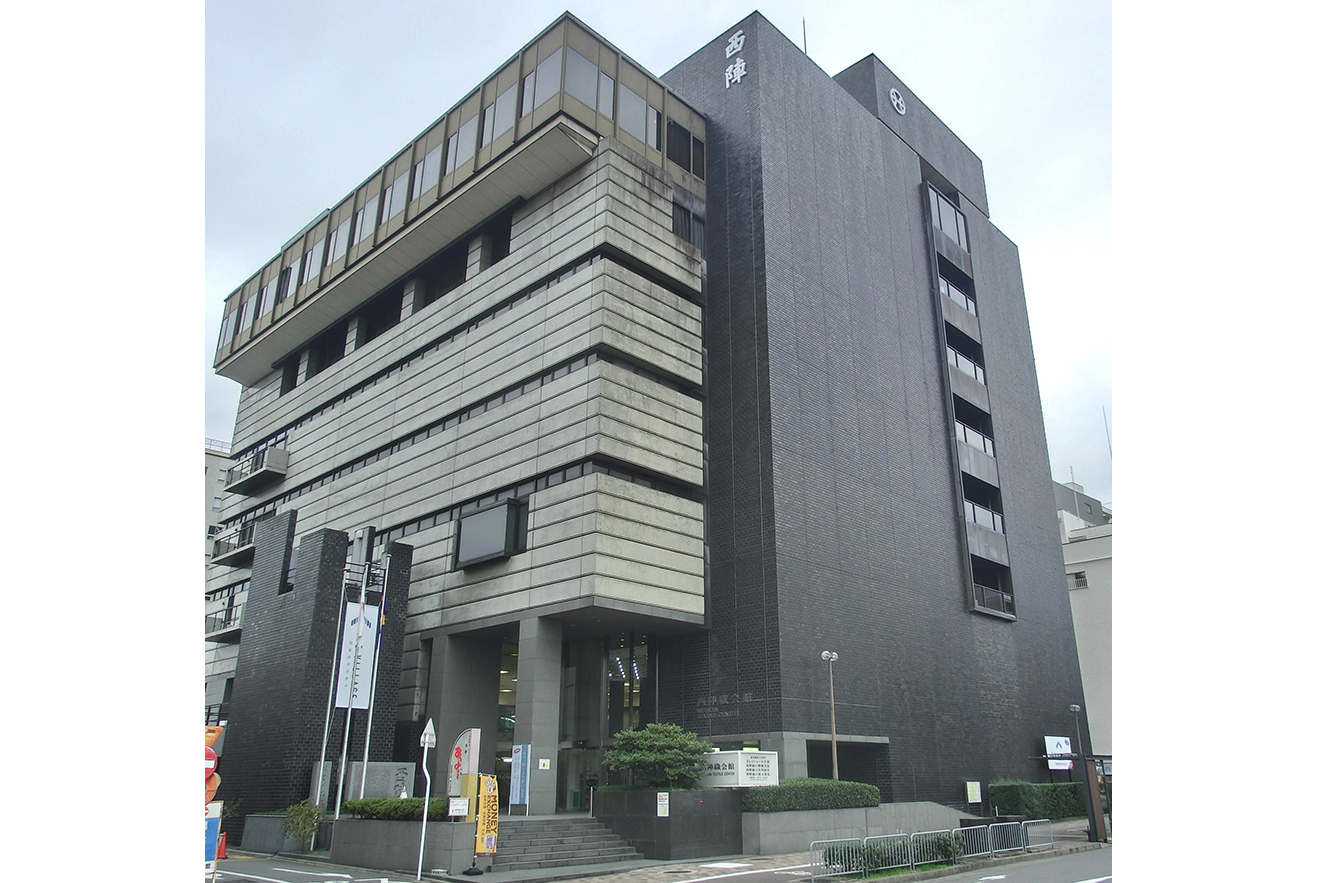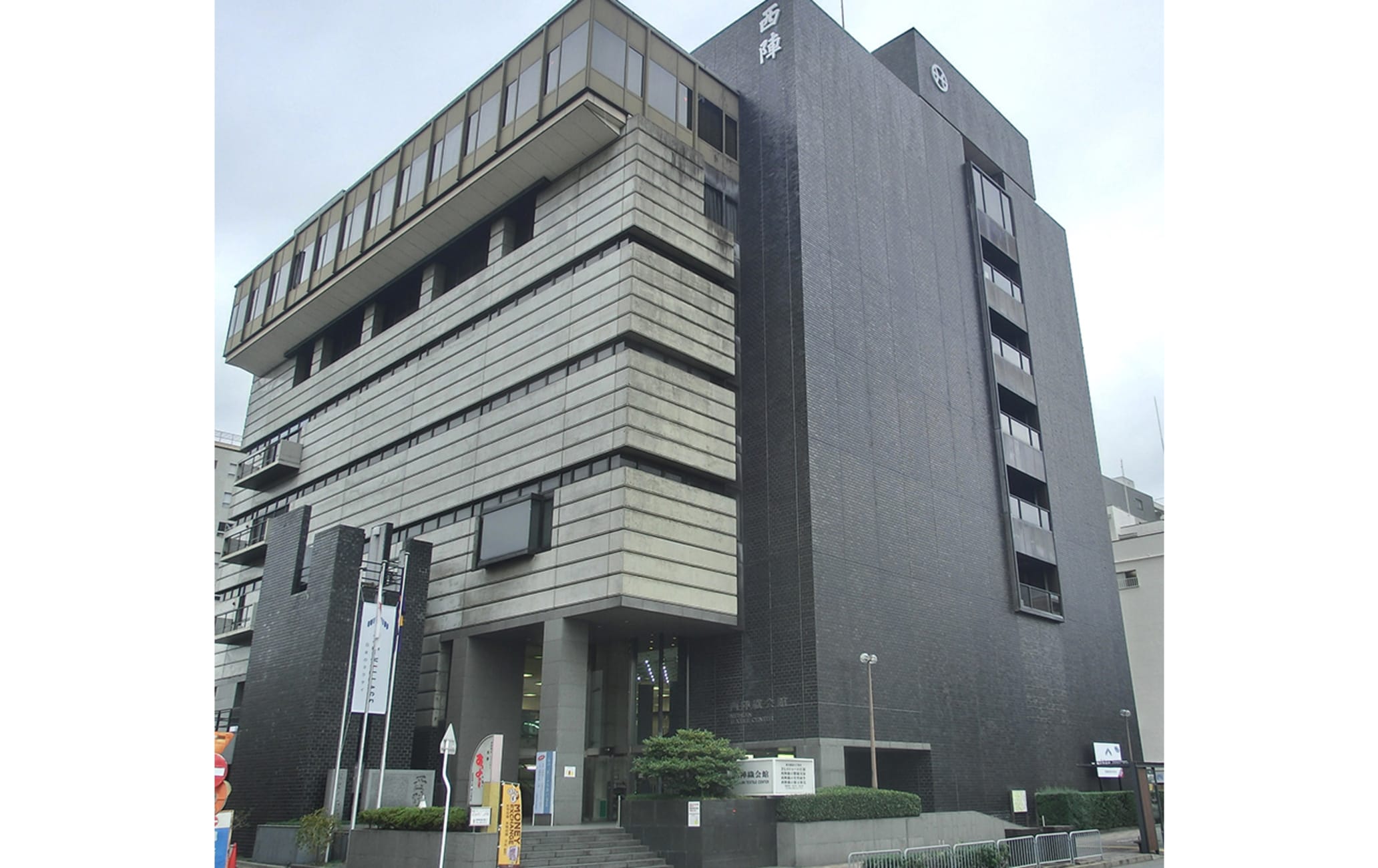Look, learn and listen: Nishijin textiles
Kyoto has been at the center of culture and traditional industry. Visit Nishijin to learn about the history and the skills required of this ancient art.

Quick Facts
The origins of Nishijin go back to the 5th century, with textiles developed for the Imperial Court
Nishijin Textile Center is a tourist facility that sells kimono accessories and other items made by weavers involved in the Nishijin textile industry
How to Get There
Nishijin Textile Center is easily accessible by subway or bus from Kyoto Station .
By train, take the Karasuma subway line north to Imadegawa Station. Walk west along Imadegawa-dori Street for approximately 10 minutes.
Alternatively, take the Kyoto City Bus #9 and get off at the Horikawa Imadegawa bus stop near the center. The bus should take around 30 minutes.
A fusion of workshop and historical documents
The center is a hub of learning. Watch demonstrations from craftspeople, and see how they raise silkworms and spin silk.
In the archives on the third floor, valuable historical documents that tell the history of Nishijin textiles are displayed, changing every three months.
Try your hand at weaving
If you want a more hands-on experience, the center offers small-loom weaving classes. Try your hand at making a small decorative piece for a table.
Get dressed up
Visitors can rent and wear kimono from the center for photographic purposes or stroll the streets of Kyoto in traditional garb. Fancier kimono, like those worn by maiko—geisha in training—and ladies of the court are also available.
The center's gift shop sells many items, including Nishijin textile accessories, neckties, handbags, and original products from the Nishijin Textile Center.
Admission to the Nishijin Textile Center is free, and no reservations are needed.
The latest information may differ, so please check the official website
























































